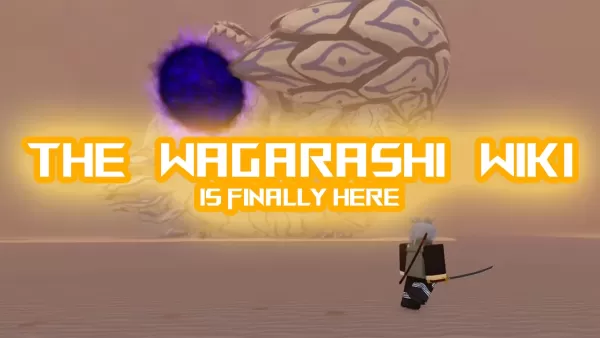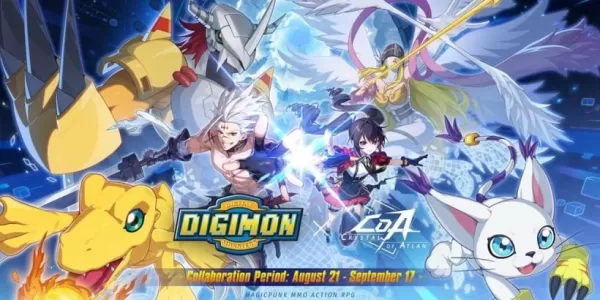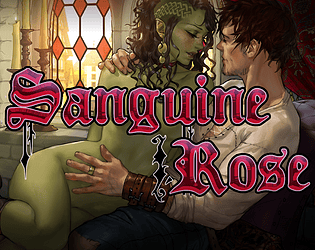Don't Nod's Lost Records: Bloom & Rage – A Nostalgic Trip Back to the 90s
Don't Nod, the studio behind the beloved Life is Strange, returns to its narrative roots with Lost Records, a captivating coming-of-age story set against the backdrop of a bygone era. This isn't just interactive cinema; it's a vibrant ode to carefree youth and the enduring power of friendship. The game masterfully blends atmosphere, compelling characters, and impactful choices to create a truly immersive experience.
Table of Contents
- Friends Reunited After 27 Years
- Choices Shaping the Narrative
- Beautifully Imperfect Characters
- A Town Steeped in Nostalgia
- Deliberate, Slow-Paced Storytelling
Friends Reunited to Uncover Secrets from the Past After 27 Years
The narrative centers on four women whose friendship fractured 27 years prior. Swan Holloway, our protagonist, returns to her hometown of Velvet Bay for a reunion, only to discover a mysterious package from their shared past. This triggers a flood of forgotten memories, transporting players between 1995 and 2022. The contrast between the vibrant past and the strained present is palpable, even emphasized by the game's shift to first-person perspective in the modern timeline. The majority of gameplay unfolds in the nostalgic 1995 setting, where players explore richly detailed environments, build relationships, and document events with a vintage HVS camera.
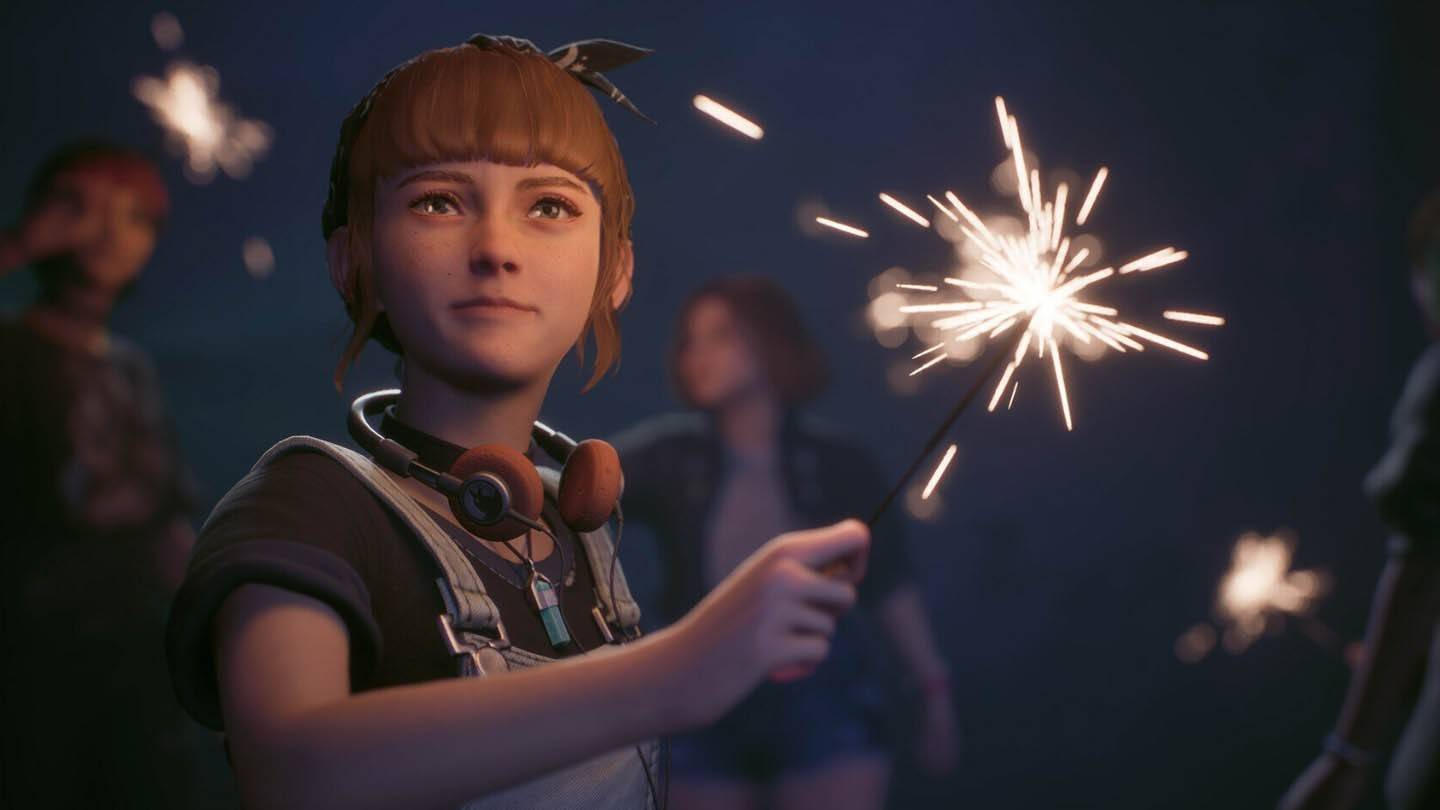
Video Recording as a Core Mechanic
Similar to Max in Life is Strange, Swan uses her camera to record various aspects of her surroundings – graffiti, wildlife, people, and even hints of the paranormal. This footage is compiled and edited in a separate menu, offering themed collections with Swan's commentary. While these documentaries add to the atmosphere, they don't directly impact the main storyline.
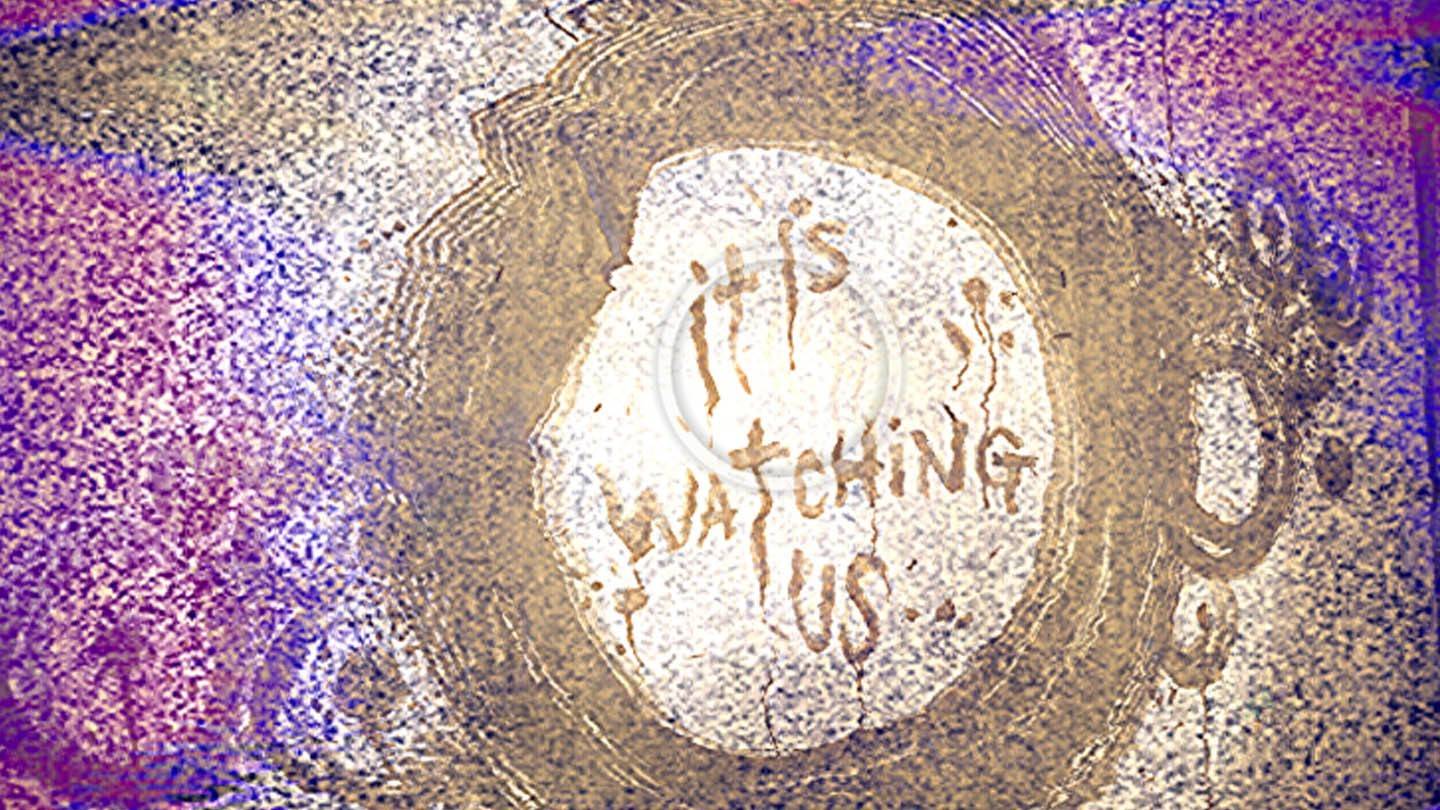
Choices with Lasting and Fleeting Consequences
Lost Records excels in its interactivity and attention to detail. Choices, both large and small, ripple through the narrative. A seemingly minor decision, like choosing to buy ice cream, can alter subsequent conversations and events. The dynamic world and real-time dialogue, reminiscent of titles like Oxenfree, enhance the sense of immersion. The freedom to forge connections, or not, adds another layer to the player's agency.
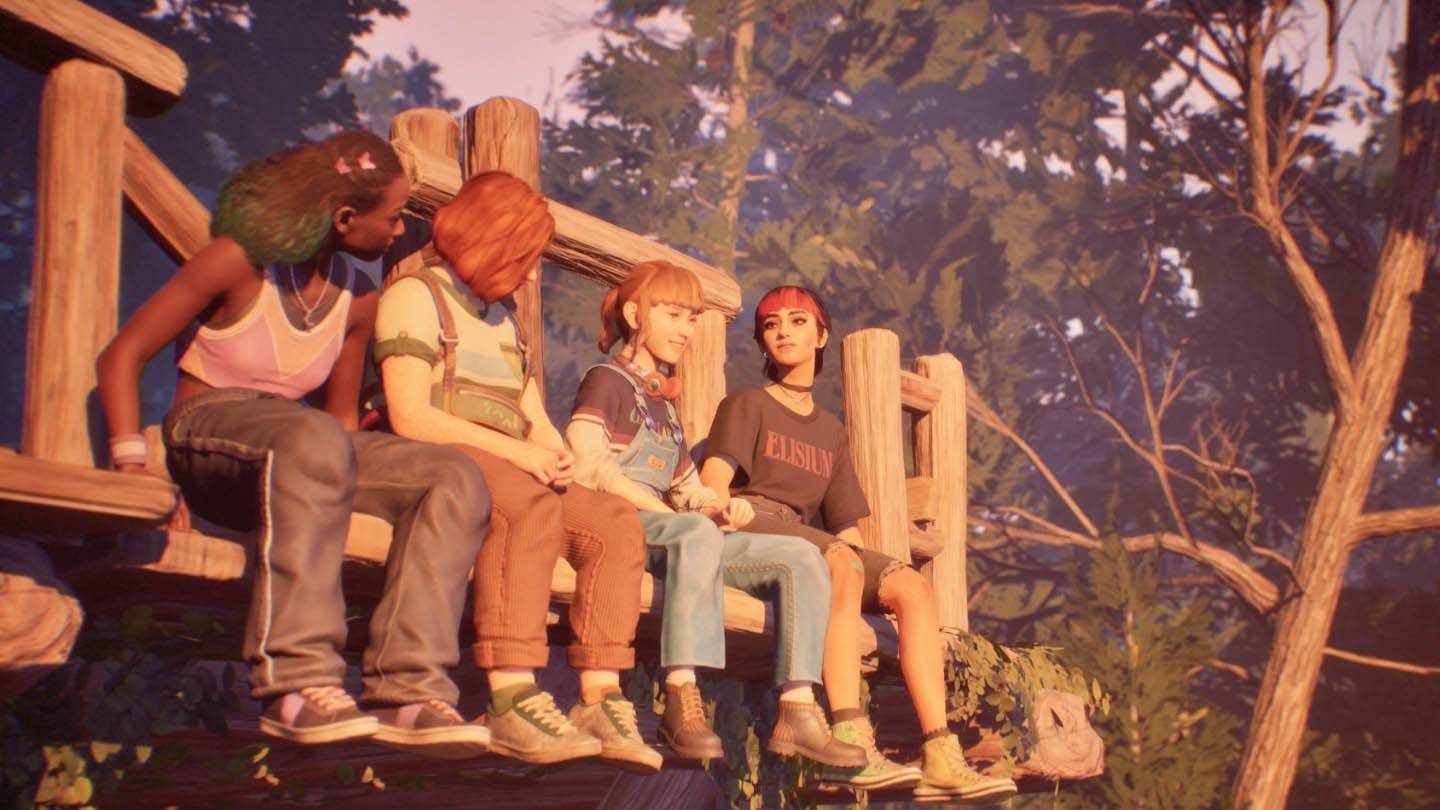
Bloom & Rage: Authentic and Relatable Characters
Don't Nod has crafted a cast of genuinely relatable characters. Swan, the shy protagonist, is a believable 16-year-old grappling with self-doubt and navigating complex relationships. Her friends, Ottem, Kate, and Nora, each embody familiar archetypes, yet avoid cliché, showcasing depth and complexity. Their interactions feel authentic, capturing the energy and uncertainty of adolescence.
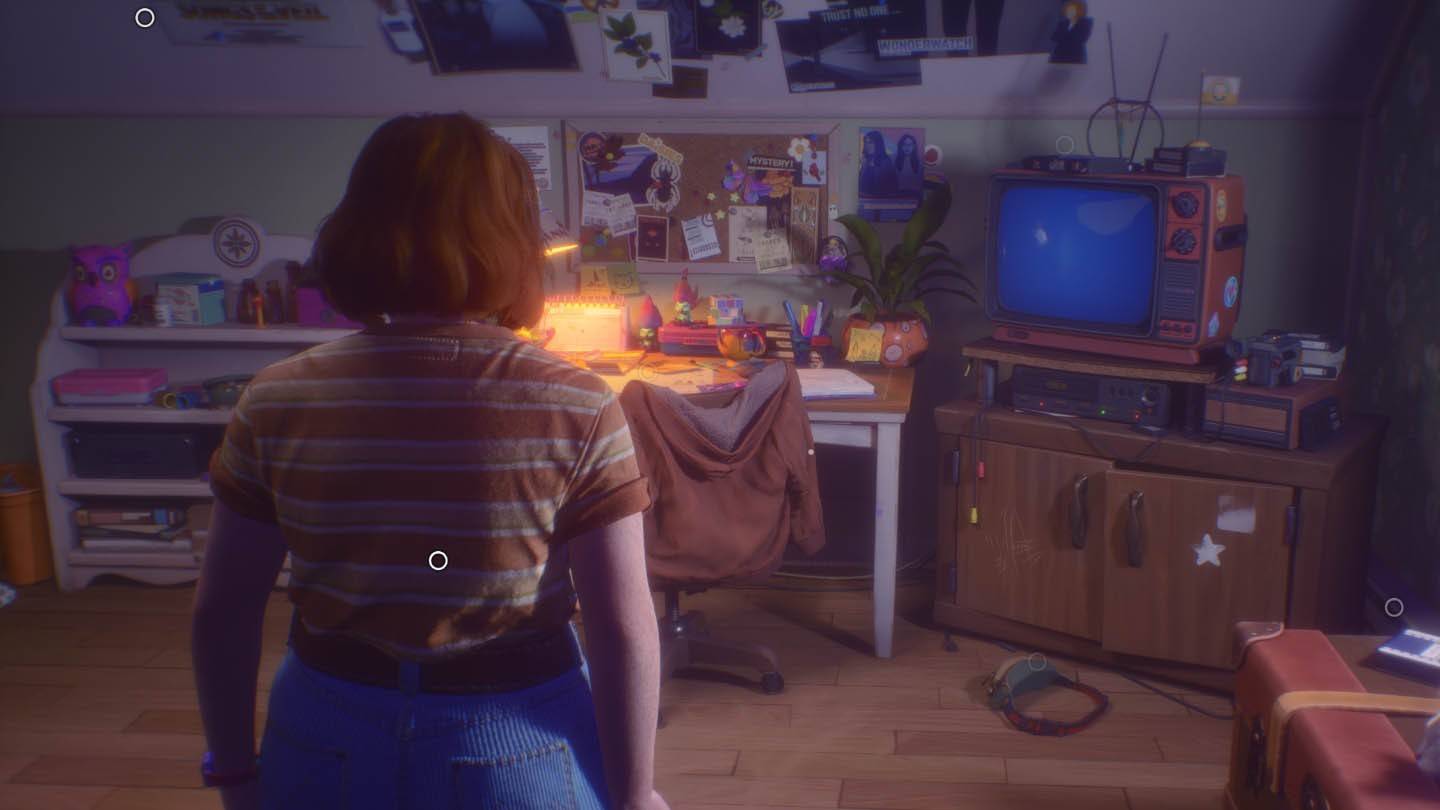
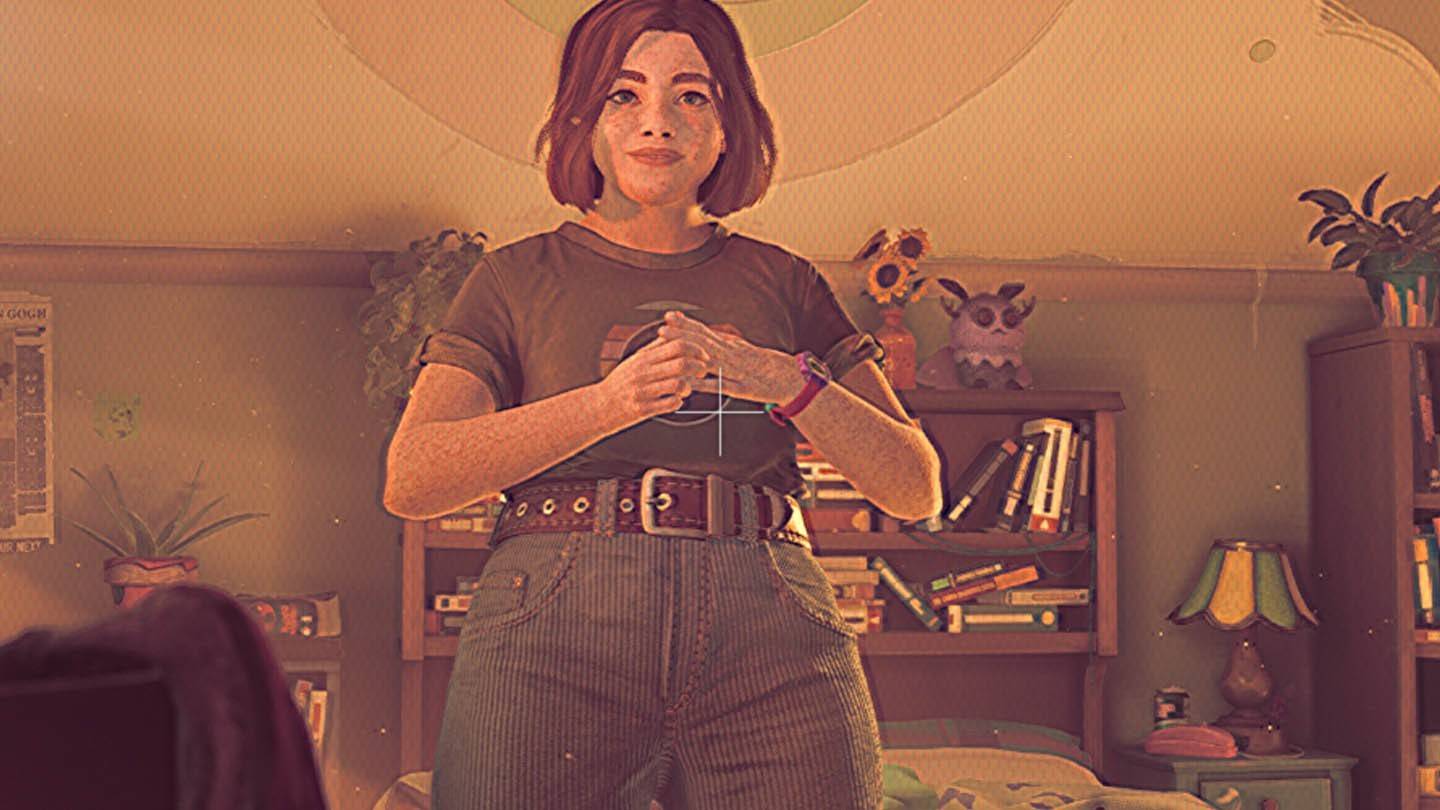
A Town That Evokes Powerful Nostalgia
Velvet Bay is a meticulously crafted setting, brimming with 90s nostalgia. Swan's room, filled with iconic artifacts of the era, serves as a microcosm of this immersive atmosphere. The game is peppered with subtle references to pop culture, from movies and music to video games and literature, enhancing the overall experience. The soundtrack, a blend of dream-pop and indie-rock, perfectly complements the game's mood.

Slow Burn Narrative
The game's deliberate pace, a departure from the faster-paced narrative of Life is Strange, allows for a deeper connection with the characters and the setting. While this might not appeal to all players, the slow burn approach builds tension effectively, culminating in a powerful cliffhanger at the end of the first episode.
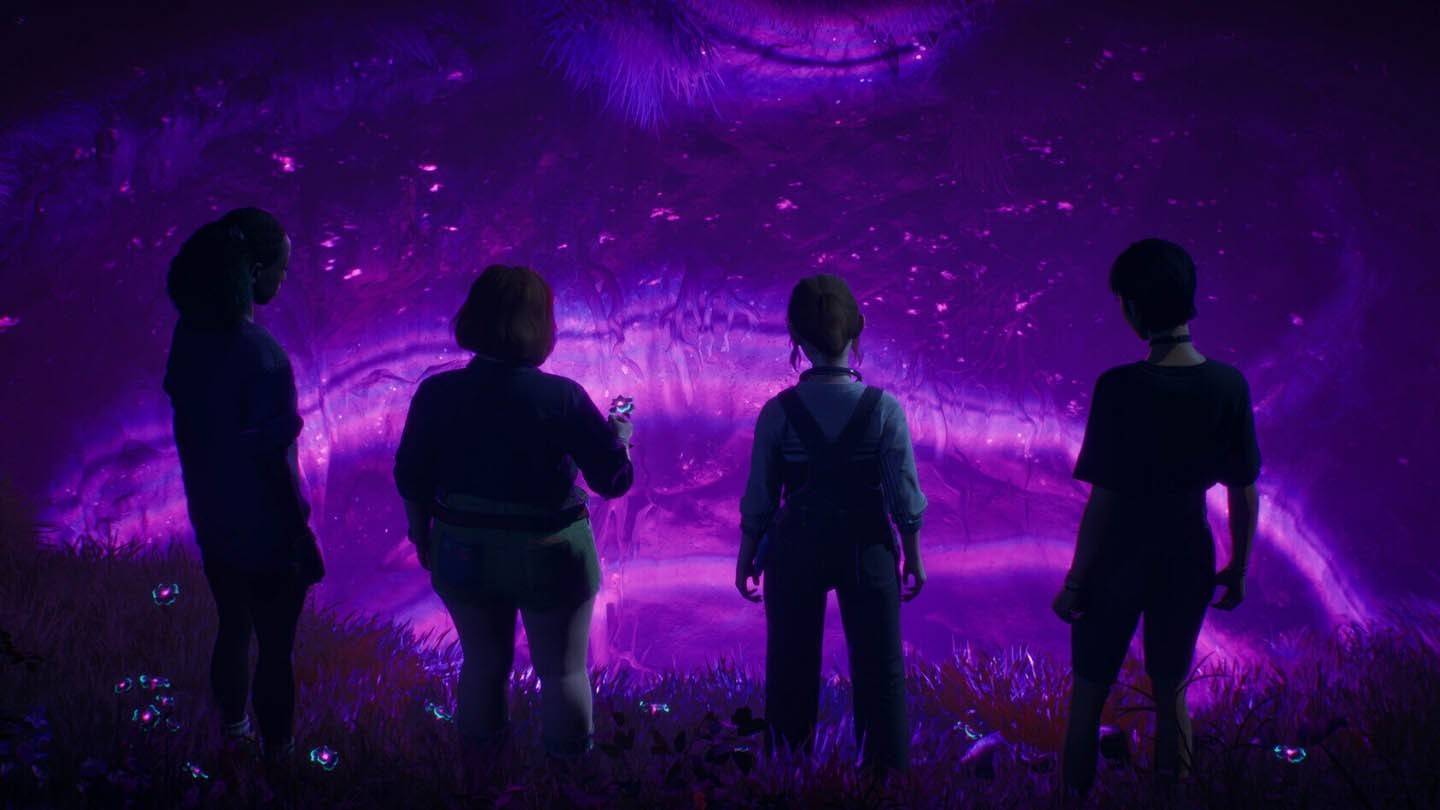
A Promising Start
Lost Records: Bloom & Rage successfully captures the essence of 90s nostalgia while delivering a compelling narrative with relatable characters and impactful choices. Its success hinges on the upcoming second installment, but the first episode leaves a strong impression, promising a high-quality story. The wait for the April 15th release is sure to be filled with anticipation.


